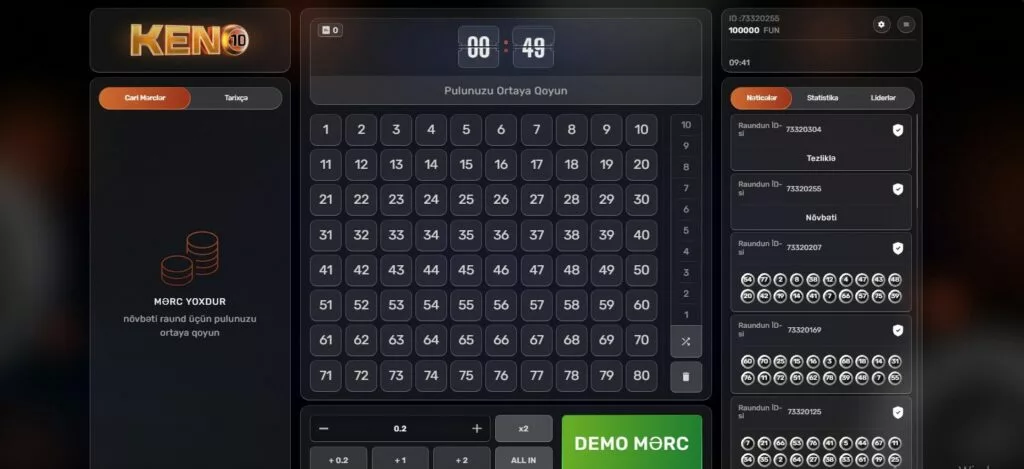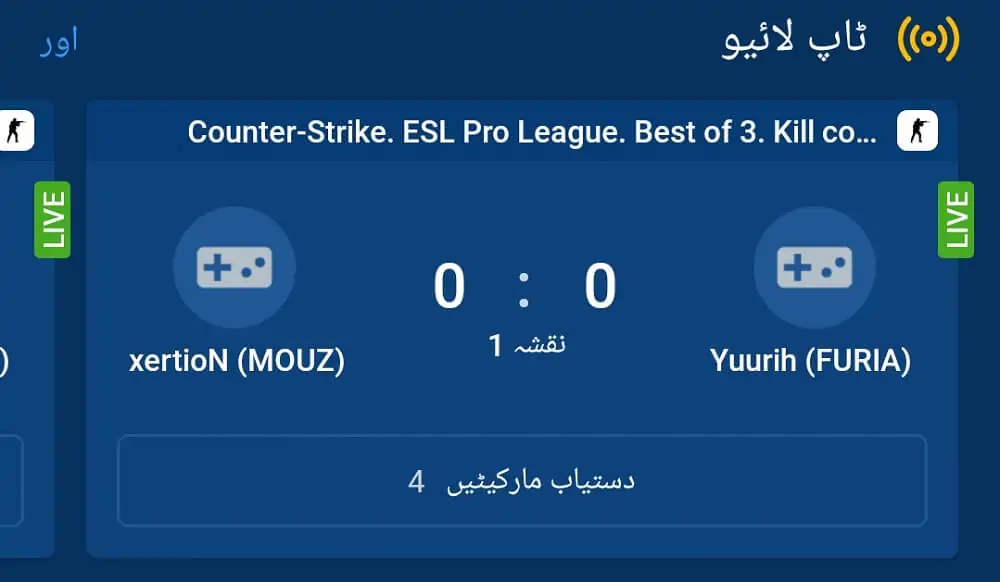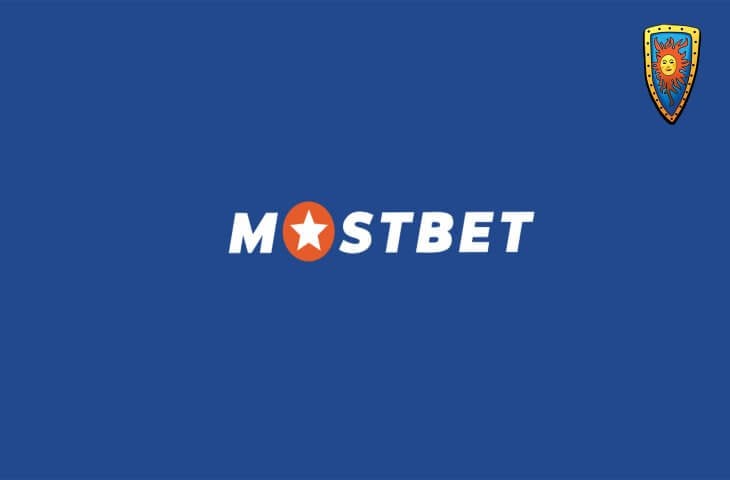Electronic Dance Music (EDM) has transformed the music landscape, captivating millions with its pulsating beats, vibrant festivals, and a unique culture that fosters community and creativity. At the forefront of this movement is 4d4m, a company dedicated to enhancing the EDM experience through festival booking, sync licensing, and partnerships. This article delves into the evolution of EDM, its cultural significance, and how it shapes the future of music and community.
What is EDM?
EDM is a genre that encompasses a variety of electronic music styles, including house, techno, dubstep, and trance. Originating in the late 20th century, EDM has grown from underground raves and clubs to mainstream festivals and chart-topping hits. Artists like Calvin Harris, Skrillex, and Zedd have played pivotal roles in bringing EDM to the forefront, blending catchy melodies with electronic beats that resonate with audiences worldwide.
The Evolution of EDM
The journey of EDM can be traced back to the disco era of the 1970s, where DJs began experimenting with mixing and sampling techniques. As technology advanced, so did the genre, leading to the birth of various subgenres in the 1980s and 1990s. The emergence of synthesizers, drum machines, and digital audio workstations enabled artists to produce intricate soundscapes, giving rise to iconic tracks that laid the foundation for modern EDM.
Key Milestones in EDM History
- 1980s: The birth of house music in Chicago and techno in Detroit set the stage for electronic music’s rise.
- 1990s: The rave culture exploded in Europe, with massive outdoor events attracting thousands of fans.
- 2000s: The introduction of digital music platforms like Beatport revolutionized the way fans accessed and discovered EDM.
- 2010s: Major festivals like Tomorrowland and Ultra Music Festival drew massive crowds, solidifying EDM’s place in the mainstream music industry.
The Cultural Impact of EDM
EDM has become more than just a musical genre; it’s a global phenomenon that fosters connections among diverse audiences. Festivals, such as Electric Daisy Carnival (EDC) and Coachella, create immersive experiences where fans from all walks of life come together to celebrate music, art, and community.
Community and Connection
One of the defining characteristics of EDM culture is its emphasis on inclusivity and connection. At festivals, attendees often experience a profound sense of belonging, forming friendships that transcend geographical and cultural boundaries. The culture encourages self-expression, promoting individuality through fashion, dance, and artistic creativity.
The Role of Technology
In the digital age, technology plays a vital role in the dissemination and evolution of EDM. Social media platforms, streaming services, and music-sharing websites have enabled artists to reach wider audiences, allowing fans to connect with their favorite musicians on a more personal level. The rise of platforms like SoundCloud and YouTube has democratized music production, giving aspiring artists the tools to showcase their talents.
EDM and the Future of Music
As EDM continues to evolve, its influence on the broader music industry is undeniable. The genre’s adaptability and innovation are paving the way for new trends and collaborations, with artists from different genres embracing electronic elements in their music.
Collaborations Across Genres
In recent years, we’ve seen an increase in collaborations between EDM artists and musicians from various genres, including pop, hip-hop, and rock. These cross-genre partnerships create fresh sounds and expand the reach of EDM, introducing it to new audiences. For instance, the collaboration between Marshmello and Khalid on “Silence” showcases how EDM can seamlessly blend with pop, creating a hit that resonates with listeners.
The Role of Festivals in Shaping the Future
Festivals remain a crucial aspect of the EDM experience, serving as a platform for artists to showcase their talent and connect with fans. As the demand for live music grows, festival organizers are continually innovating to create unforgettable experiences. From cutting-edge stage designs to immersive visual displays, festivals are evolving to keep pace with technological advancements and audience expectations.
4d4m’s Impact on the Festival Scene
At 4d4m, we understand the importance of creating unique experiences that resonate with fans. Our expertise in festival booking, sync licensing, and partnerships allows us to curate unforgettable events that celebrate the spirit of EDM. By working with emerging and established artists, we strive to foster a community that embraces creativity and self-expression.
The Importance of VIP Access
For true EDM enthusiasts, gaining access to exclusive content and events is essential. Signing up for 4d4m’s VIP track IDs, giveaways, and exclusive content ensures that fans stay connected with the latest trends and artists in the EDM scene. VIP experiences provide unparalleled access to behind-the-scenes moments, intimate performances, and opportunities to engage with favorite artists.
Conclusion: The Future of EDM
The EDM movement has come a long way since its inception, evolving into a cultural powerhouse that connects individuals across the globe. As technology continues to advance and the genre adapts to changing trends, the future of EDM looks promising. The sense of community, creativity, and connection that EDM fosters is a testament to its enduring appeal.
As we move forward, it’s essential to recognize the implications of this evolution. Will EDM continue to blend with other genres, further expanding its reach? How will technology shape the future of live performances and audience engagement? The answers to these questions will ultimately define the next chapter in the EDM saga.


